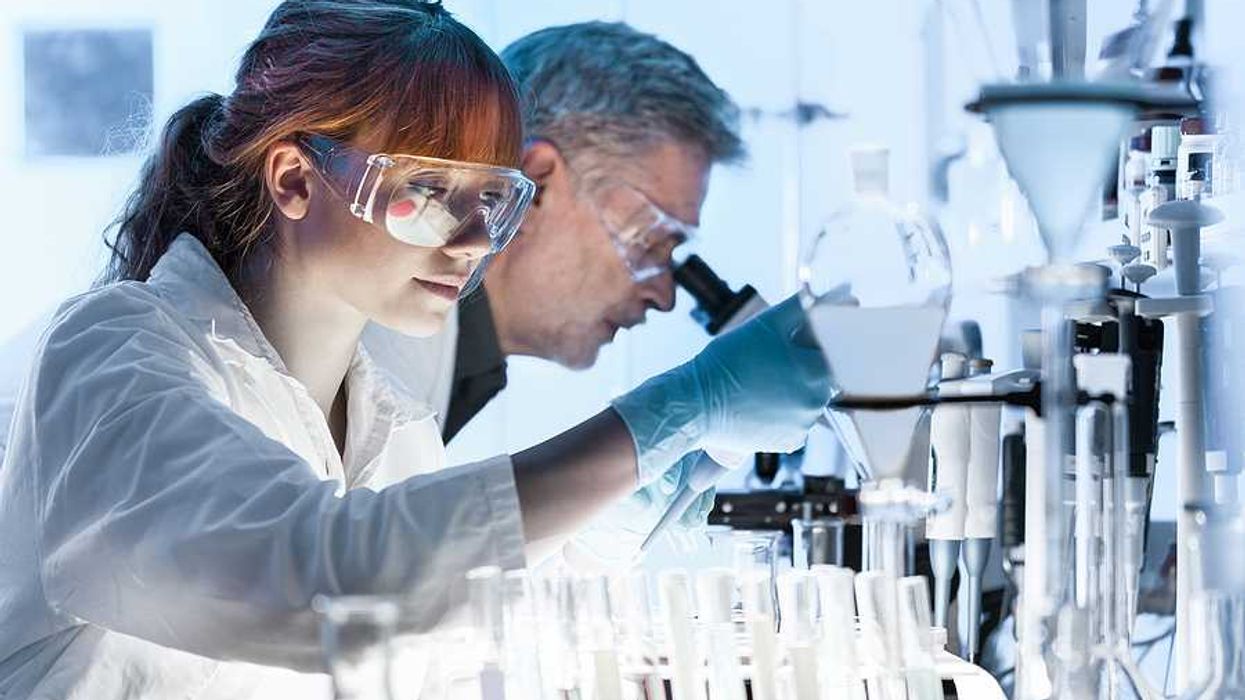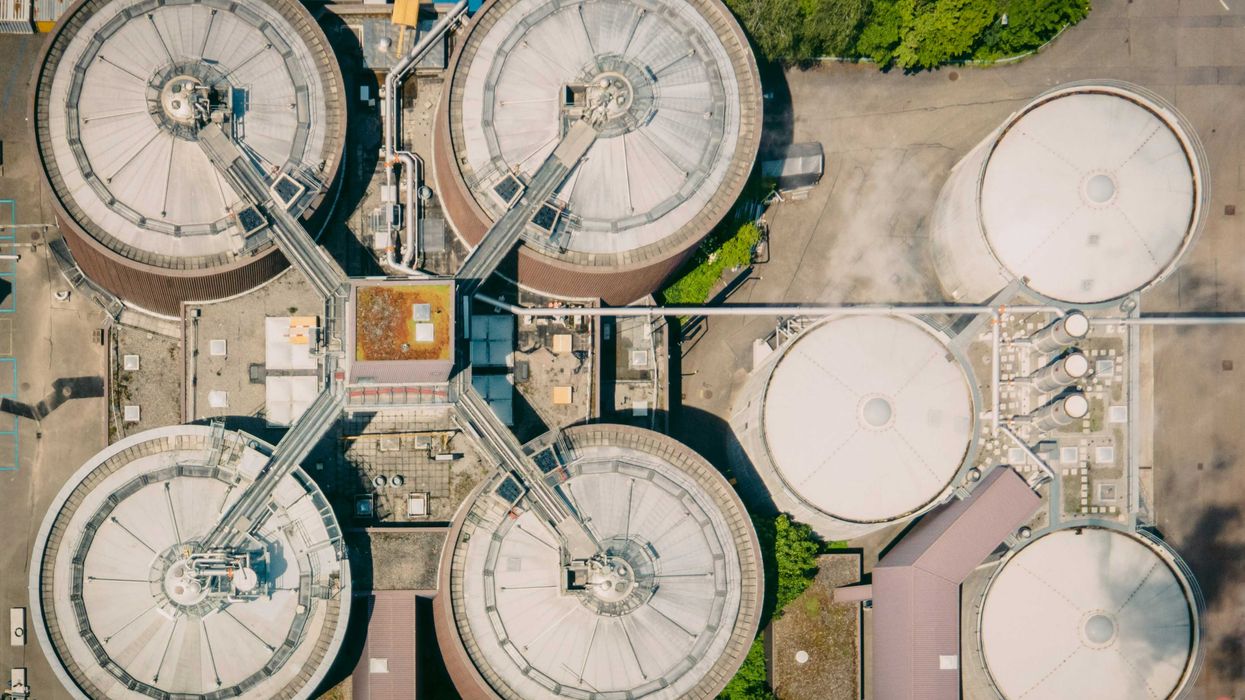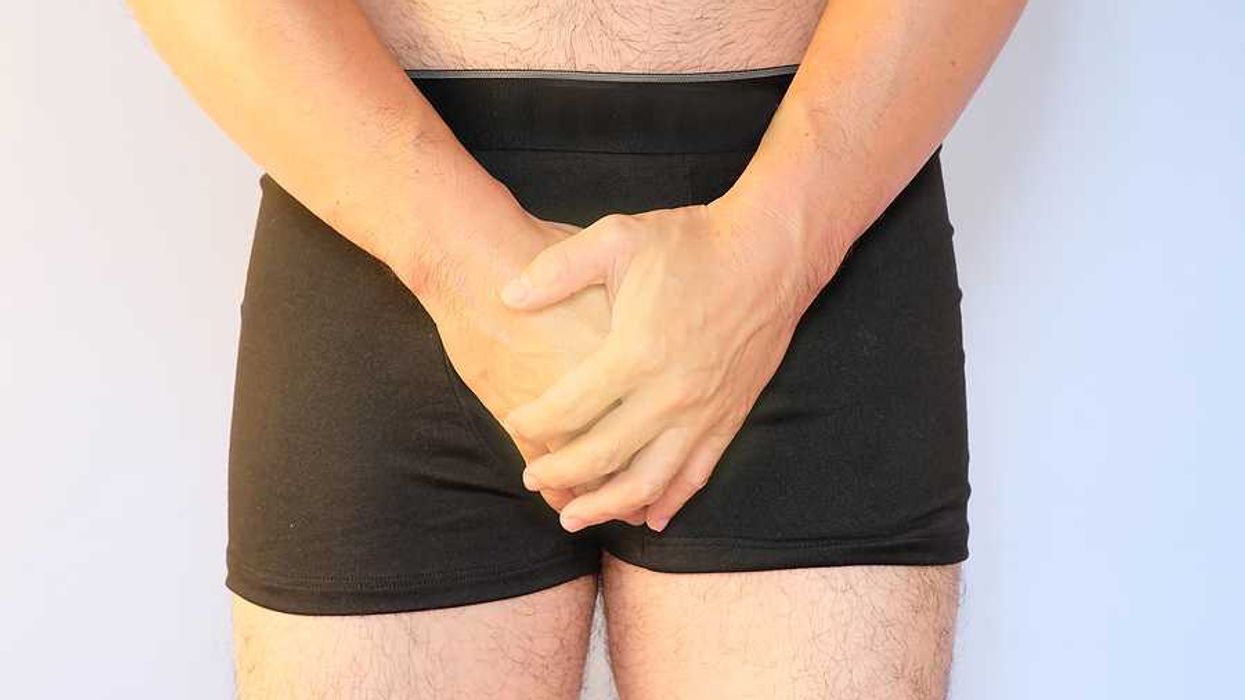In a fresh look at microwave cooking, Jessica Brown explores the balance between convenience and health concerns.
Jessica Brown reports for the BBC.
In short:
- Microwave cooking is deemed safe by the World Health Organization, with radiation fears dispelled, but questions about nutrient loss and plastic use remain.
- Recent studies suggest microwaving can preserve more nutrients in some vegetables compared to other cooking methods, though results vary by food.
- Heating food in plastic containers poses risks due to potential chemical leaching, with experts advising caution and alternatives.
Key quote:
"When considering commonly used domestic cooking methods, microwaving is a preferred cooking method, at least for many plant foods, but probably not for every plant food."
— Xianli Wu, scientist at the Beltsville Human Nutrition Research Center, US Department of Agriculture
Why this matters:
Understanding the nuances of microwave use can empower individuals to make healthier cooking choices, particularly in minimizing exposure to harmful chemicals from plastics.














